Metal doors and windows play a vital role in enhancing the quality of life within buildings, whether residential, commercial, or industrial. Their thermal and acoustic insulation efficiency is one of their most significant benefits, offering improved indoor comfort and reduced energy consumption. In this article, we will explore how metal doors and windows enhance thermal and acoustic insulation efficiency and the importance of selecting the right designs and materials to maximize their benefits.
Thermal Insulation: How Do Metal Doors and Windows Work?
Material Design and Structure
Metal doors and windows are typically crafted from materials like aluminum and stainless steel, meticulously designed to provide effective thermal insulation. This efficiency can be further enhanced through the use of double- or triple-glazed frames filled with inert gases like argon.
The Importance of Thermal Frames
Integrated thermal frames or thermal breaks in metal structures significantly reduce heat transfer between indoor and outdoor spaces. This technology minimizes heat loss in winter and reduces heat gain in summer.
Reflective Coatings
Some metal windows feature special coatings that reflect heat and improve glass performance by reducing solar heat transfer, maintaining a comfortable indoor temperature.
Energy Efficiency Improvements
Metal doors and windows with effective thermal insulation reduce reliance on HVAC systems, lowering energy bills and decreasing the building’s environmental footprint.
Acoustic Insulation: The Key to Comfort
The Role of Metal in Noise Reduction
The density of metals used in doors and windows helps absorb and diminish external noise. Combined with double or triple glazing, they achieve higher levels of sound insulation.
Techniques for Acoustic Insulation in Metal Structures
- Multi-Layer Glass: Utilizes glass with special layers to reduce sound transmission.
- Sealed Frames: Metal frames with airtight seals prevent gaps that allow noise infiltration.
- Soundproofing Fillers: Insulating materials between frames and walls enhance acoustic performance.
Practical Benefits of Acoustic Insulation
- Creates a quiet environment for living or working.
- Improves sleep quality, especially in urban or noisy areas.
- Reduces noise from traffic or external activities.
How to Choose the Right Metal Doors and Windows
Specifications for Thermal Insulation
- Ensure the frames include built-in thermal breaks.
- Opt for glass with low-emissivity coatings.
- Look for products meeting international energy efficiency standards.
Specifications for Acoustic Insulation
- Select windows with multi-layered glass.
- Ensure high-quality rubber seals in the frames.
- Use doors made from soundproof materials or with designs optimized for insulation.
Certifications and Standards
Choose doors and windows with certified quality assurance to guarantee optimal thermal and acoustic insulation performance.
Advanced Manufacturing Technologies
3D Printing
3D printing is used to design precise components that improve thermal and acoustic insulation performance.
Heat Treatment of Metals
Heat treatment processes enhance metal properties, increasing insulation efficiency.
Innovations in Glass
The development of smart glass that controls heat and sound transfer through electronic applications.
Additional Benefits of Metal Doors and Windows
- Durability: Metals offer a longer lifespan compared to other materials.
- Aesthetic Appeal: Metal doors and windows come in modern designs that suit various architectural styles.
- Sustainability: Most metal materials are recyclable, reducing environmental impact.
Challenges and Solutions
High Manufacturing Costs
- The initial investment in high-quality insulated metal doors and windows may be substantial, but it provides long-term returns in reduced energy consumption.
Maintenance
- Metals may be prone to corrosion without proper treatment. It is recommended to choose products with anti-corrosion coatings.
Availability
- Finding customized products that meet all insulation standards can be challenging, making it essential to work with specialized manufacturers.
The Future: Advancing Insulation Technologies in Metal Doors and Windows
Innovations in Materials
Developing new metal alloys that combine lightness, durability, and insulation efficiency.
Smart Control Technologies
Using intelligent control systems to adjust insulation performance based on climatic conditions.
Integration with Renewable Energy Sources
Incorporating solar energy technologies into metal doors and windows to provide additional energy savings.
Conclusion
Metal doors and windows are not just essential architectural elements but also long-term investments in improving quality of life. With their thermal and acoustic insulation properties, these components reduce energy consumption, enhance indoor comfort, and increase building efficiency. By selecting the right materials and designs, you can maximize the benefits of these technologies, making them the ideal choice for any construction project aiming for sustainability and efficiency.

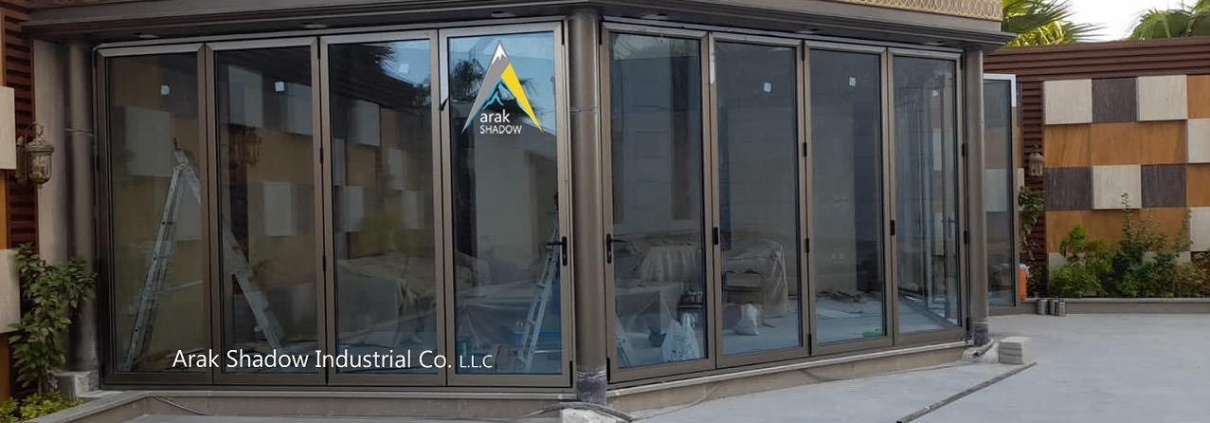
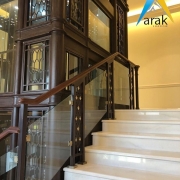
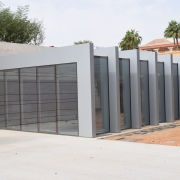
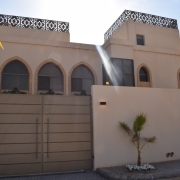

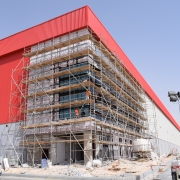
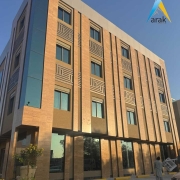




Leave a Reply
Want to join the discussion?Feel free to contribute!